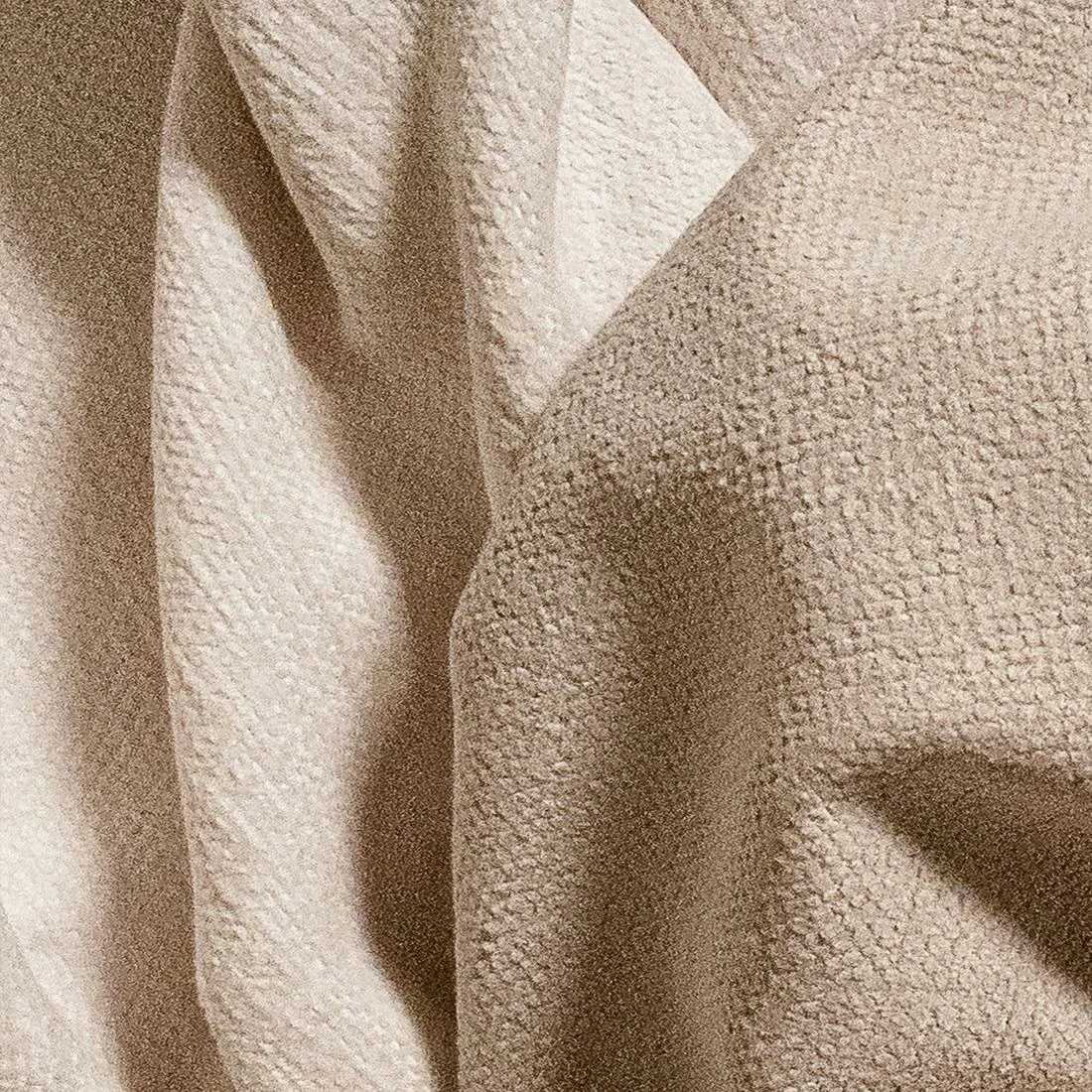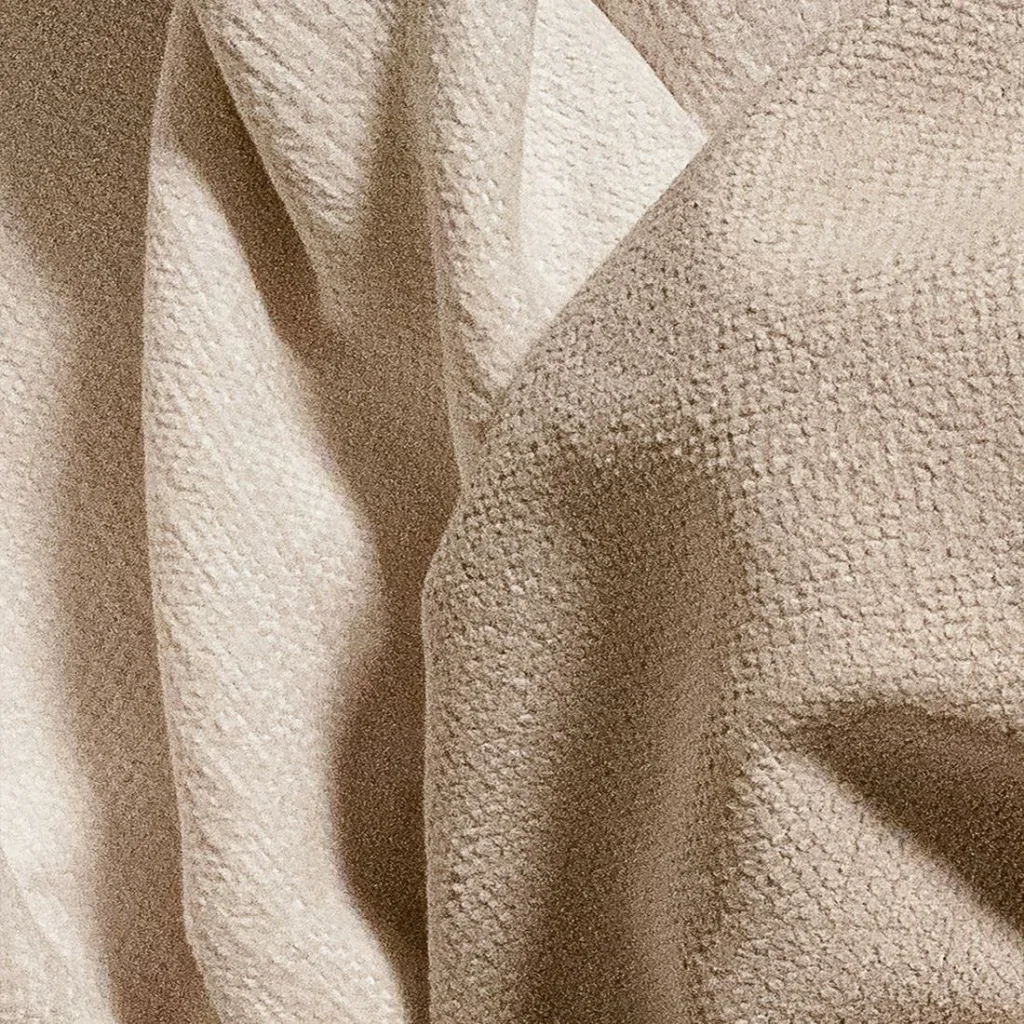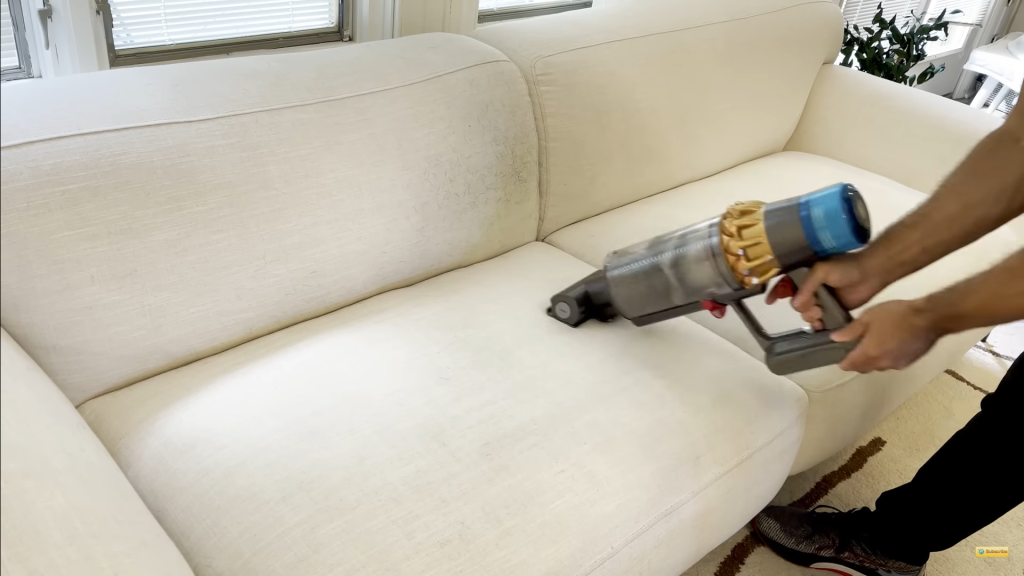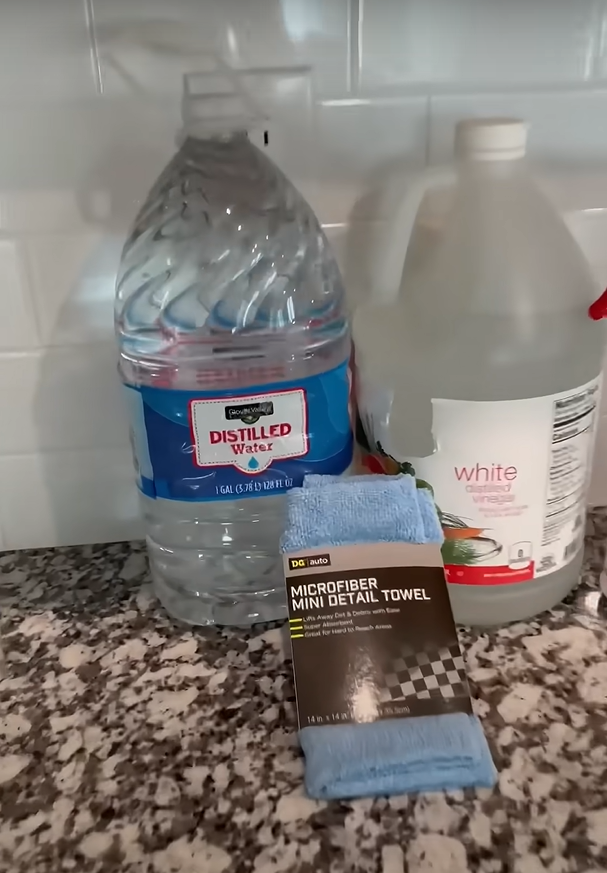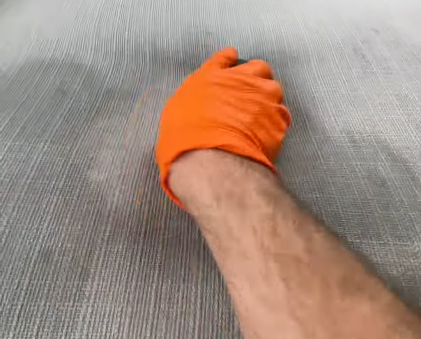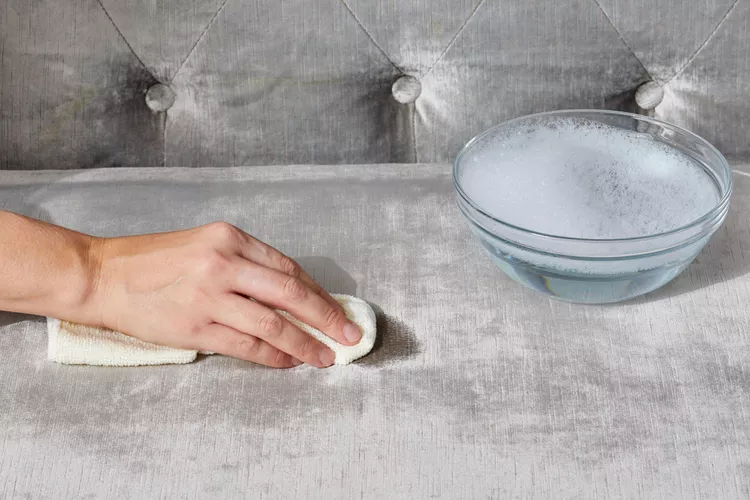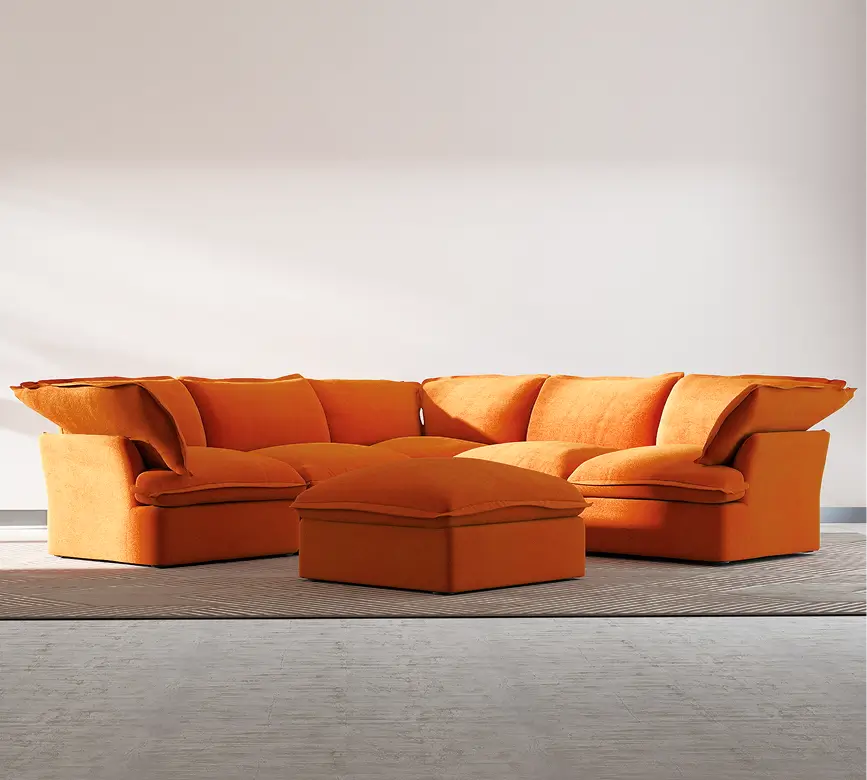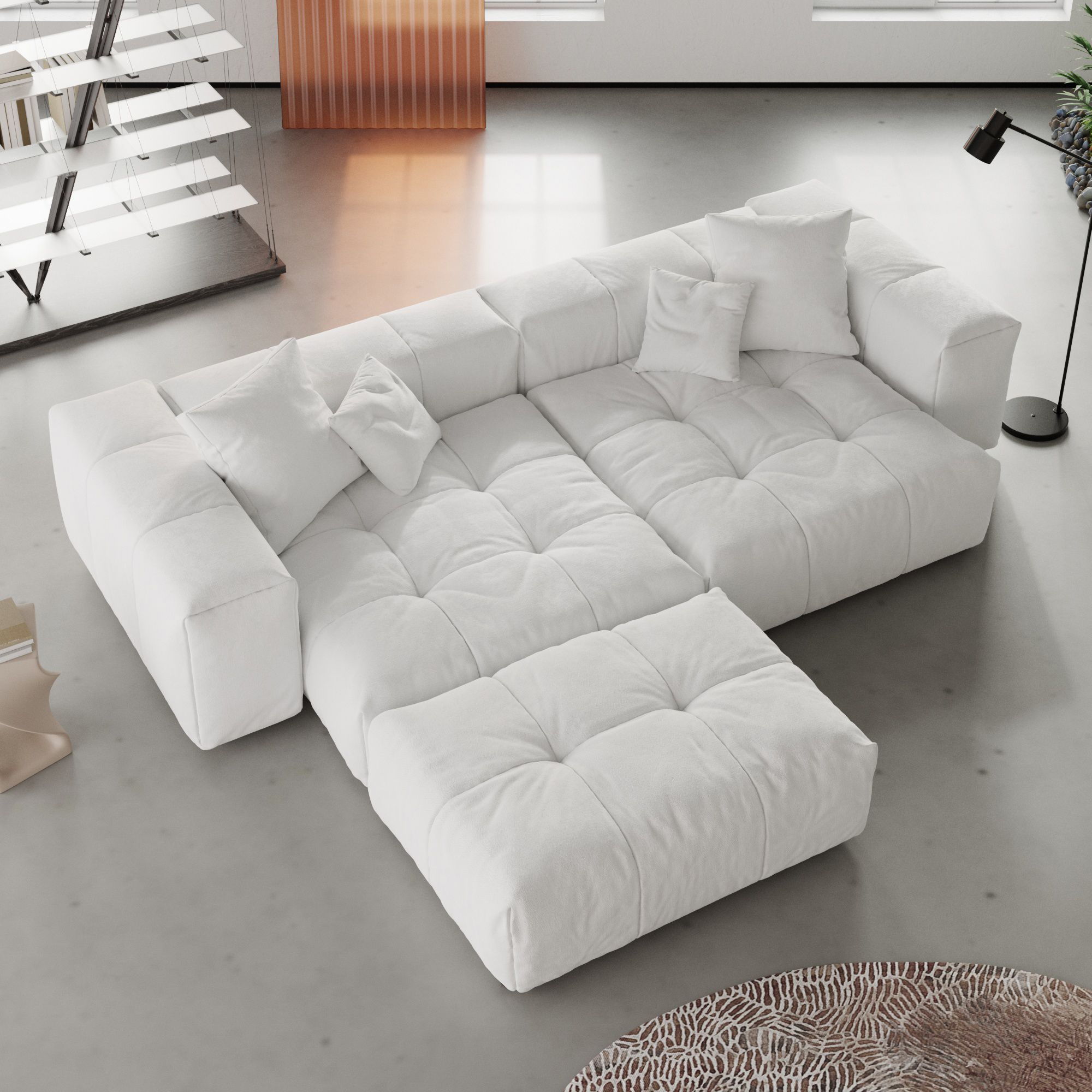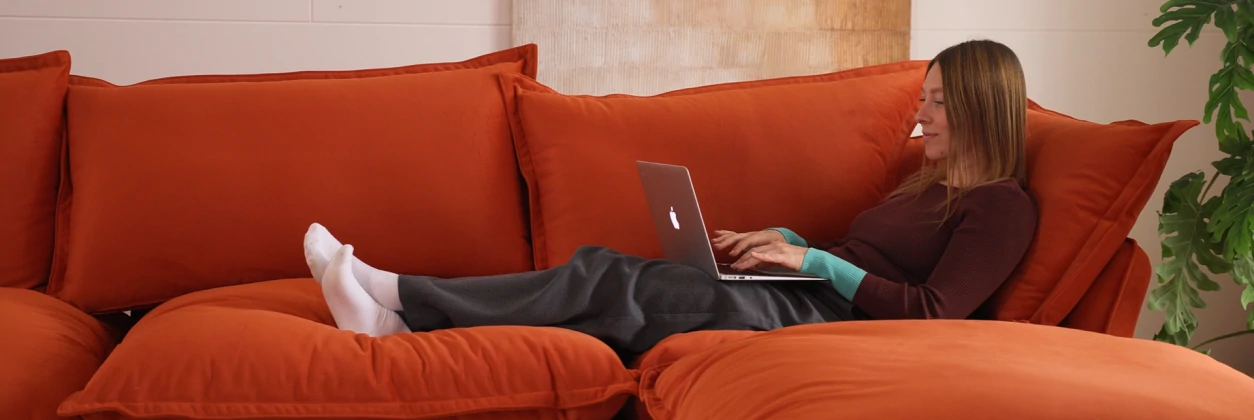We all love snuggling up on a soft couch! If you have a beautiful chenille fabric sofa from Atunus Home, you know how cozy and luxurious it feels. The word "chenille" actually comes from the French word for "caterpillar," which describes its unique, soft, and fuzzy texture. A chenille fabric sofa brings warmth and elegance right into your living room.
But because chenille has delicate fibers, it needs a little bit of special attention to stay looking its best for years to come. Improper cleaning can make the fibers flatten, fade, or even shrink. Don't worry, keeping your Atunus Home chenille fabric sofa clean is simple once you know the right steps! We are here to share easy, friendly tips to help you clean your chenille fabric sofa just like a cleaning expert.

